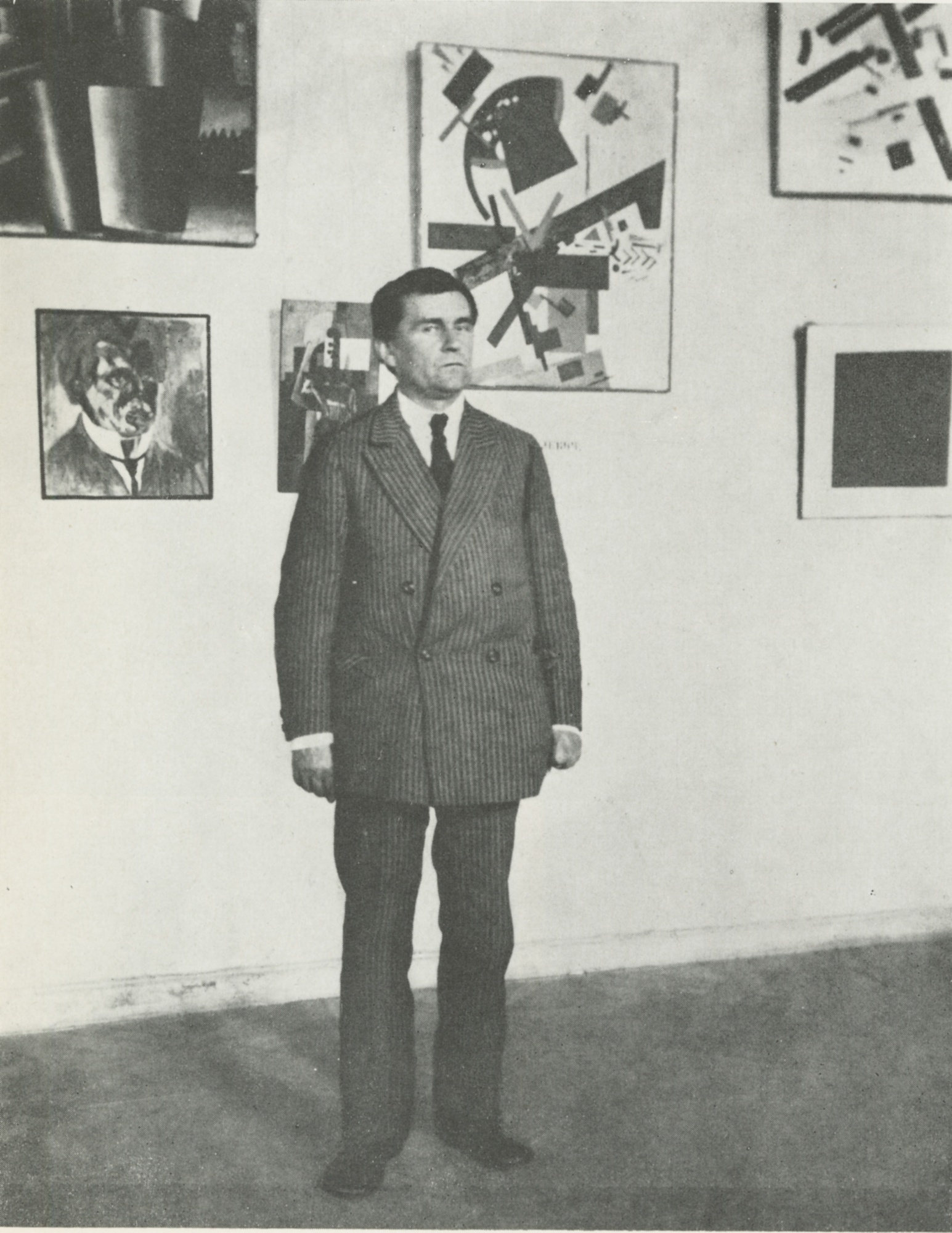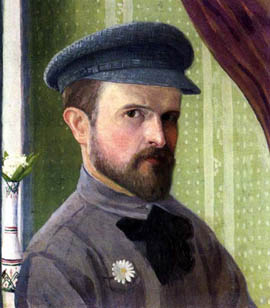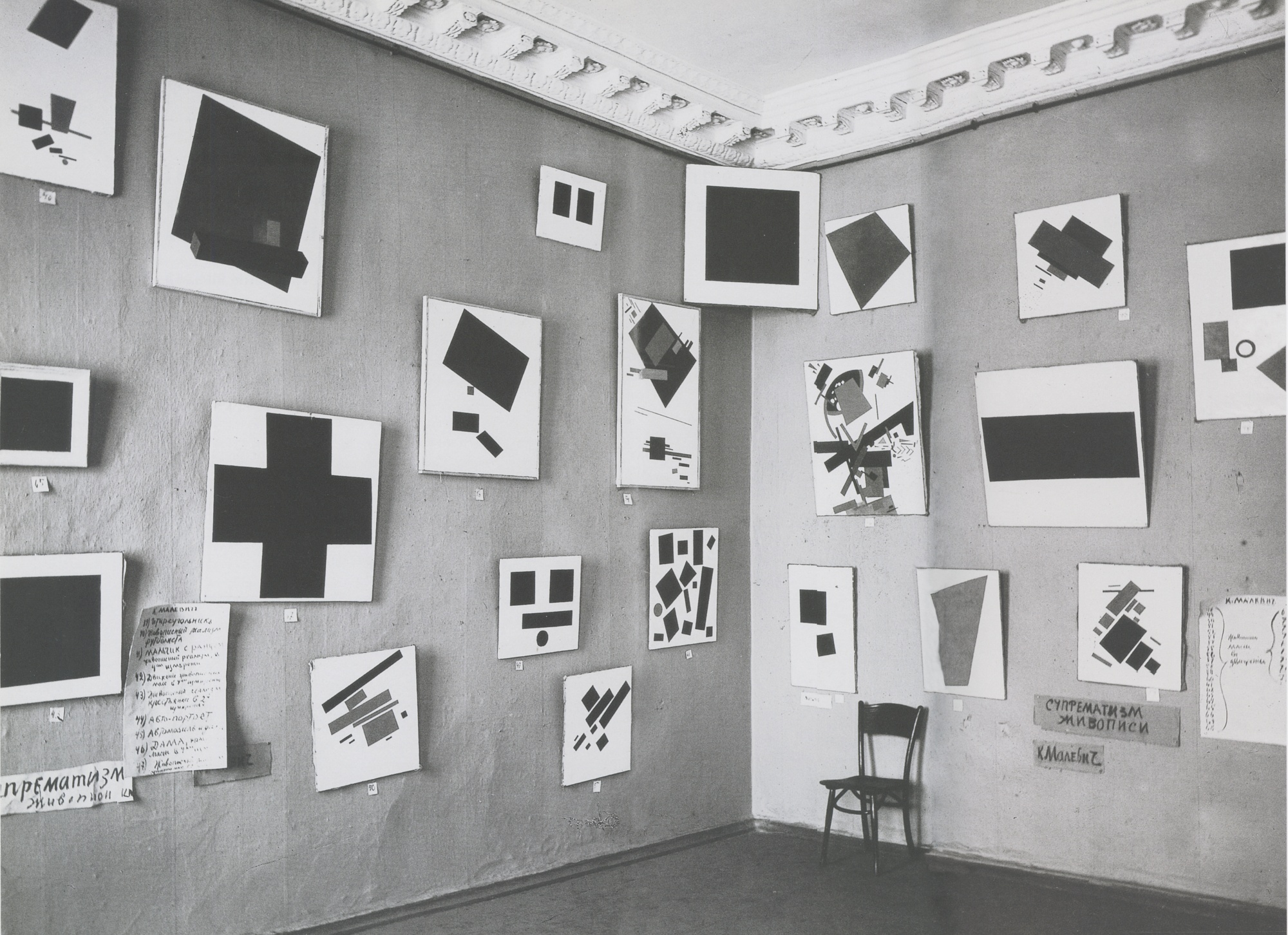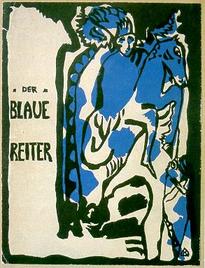|
Suprematism
Suprematism () is an early 20th-century art movement focused on the fundamentals of geometry (circles, squares, rectangles), painted in a limited range of colors. The term ''suprematism'' refers to an abstract art based upon "the supremacy of pure artistic feeling" rather than on the figurative depiction of real-life subjects. Founded by Russian artist Kazimir Malevich in 1913, Supremus () conceived of the artist as liberated from everything that predetermined the ideal structure of life and art. Projecting that vision onto Cubism, which Malevich admired for its ability to deconstruct art, and in the process change its reference points of art, he led a group of Russian avant-garde artists—including Aleksandra Ekster, Liubov Popova, Olga Rozanova, Ivan Kliun, Ivan Puni, Nadezhda Udaltsova, Nina Genke-Meller, Ksenia Boguslavskaya and others—in what has been described as the first attempt to independently found a Russian avant-garde movement, seceding from the trajecto ... [...More Info...] [...Related Items...] OR: [Wikipedia] [Google] [Baidu] |
Kazimir Malevich
Kazimir Severinovich Malevich (Запись о рождении в метрической книге римско-католического костёла св. Александра в Киеве, 1879 год // ЦГИАК Украины, ф. 1268, оп. 1, д. 26, л. 13об—14. – 15 May 1935) was a Russian avant-garde artist and art theorist, whose pioneering work and writing ... [...More Info...] [...Related Items...] OR: [Wikipedia] [Google] [Baidu] |
Ivan Kliun
Ivan Vasilievich Kliun, or Klyun, born Klyunkov (Russian: Иван Васильевич Клюн; 1 September 1873, in Bolshiye Gorky, Petushinsky District – 13 December 1943, in Moscow) was a Russian Avant-Garde painter, sculptor and art theorist, associated with the Suprematist movement. Biography His father was a carpenter. In 1881, seeking to improve their economic condition, the family moved to Kyiv. In 1890, they moved again, to Russian Poland. He received his initial artistic education at the in Warsaw, in the 1890s, while working as an accountant. In 1898, he relocated to Moscow, where he frequented the studios of and Ilya Mashkov. His most important contact, however, came in 1907 when he met Kazimir Malevich and was introduced to the Russian Avant-Garde. This influenced him profoundly, although he joined the when it was created in 1910 and remained a member until 1916. He originally worked in the Symboloist style but, in 1913, due to the influence of Malevich, he ... [...More Info...] [...Related Items...] OR: [Wikipedia] [Google] [Baidu] |
0,10 Exhibition
The Last Futurist Exhibition of Paintings 0,10 (pronounced "zero-ten") was an exhibition presented by the Dobychina Art Bureau at Marsovo Pole, Petrograd, from 19 December 1915 to 17 January 1916. The exhibition was important in inaugurating a form of non-objective art called Suprematism, introducing a daring visual vernacular composed of geometric forms of varying colour, and in signifying the end of Russia's previous leading art movement, Cubo-Futurism, hence the exhibition's full name. The sort of geometric abstraction relating to Suprematism was distinct in the apparent kinetic motion and angular shapes of its elements. Origin of the name The mysterious number 0,10 refers to a figure of thought: Zero, either because it was expected that after the destruction of the old world, the year zero could begin again, or because the artists exhibiting wanted to find the core of painting, and ten, because ten artists were originally scheduled to participate. In fact, there were fo ... [...More Info...] [...Related Items...] OR: [Wikipedia] [Google] [Baidu] |
Russian Empire
The Russian Empire was an empire that spanned most of northern Eurasia from its establishment in November 1721 until the proclamation of the Russian Republic in September 1917. At its height in the late 19th century, it covered about , roughly one-sixth of the world's landmass, making it the list of largest empires, third-largest empire in history, behind only the British Empire, British and Mongol Empire, Mongol empires. It also Russian colonization of North America, colonized Alaska between 1799 and 1867. The empire's 1897 census, the only one it conducted, found a population of 125.6 million with considerable ethnic, linguistic, religious, and socioeconomic diversity. From the 10th to 17th centuries, the Russians had been ruled by a noble class known as the boyars, above whom was the tsar, an absolute monarch. The groundwork of the Russian Empire was laid by Ivan III (), who greatly expanded his domain, established a centralized Russian national state, and secured inde ... [...More Info...] [...Related Items...] OR: [Wikipedia] [Google] [Baidu] |
Russian Revolution
The Russian Revolution was a period of Political revolution (Trotskyism), political and social revolution, social change in Russian Empire, Russia, starting in 1917. This period saw Russia Dissolution of the Russian Empire, abolish its monarchy and adopt a socialist form of government following two successive revolutions and Russian Civil War, a civil war. It can be seen as the precursor for Revolutions of 1917–1923, other revolutions that occurred in the aftermath of World War I, such as the German Revolution of 1918–1919. The Russian Revolution was a key events of the 20th century, key event of the 20th century. The Russian Revolution was inaugurated with the February Revolution in 1917, in the midst of World War I. With the German Empire inflicting defeats on the front, and increasing logistical problems causing shortages of bread and grain, the Russian Army was losing morale, with large scale mutiny looming. Officials were convinced that if Tsar Nicholas II abdicated ... [...More Info...] [...Related Items...] OR: [Wikipedia] [Google] [Baidu] |
Monochrome
A monochrome or monochromatic image, object or palette is composed of one color (or values of one color). Images using only shades of grey are called grayscale (typically digital) or black-and-white (typically analog). In physics, monochromatic light refers to electromagnetic radiation that contains a narrow band of wavelengths, which is a distinct concept. Application Of an image, the term monochrome is usually taken to mean the same as black and white or, more likely, grayscale, but may also be used to refer to other combinations containing only tones of a single color, such as green-and-white or green-and-red. It may also refer to sepia displaying tones from light tan to dark brown or cyanotype ("blueprint") images, and early photographic methods such as daguerreotypes, ambrotypes, and tintypes, each of which may be used to produce a monochromatic image. In computing, monochrome has two meanings: * it may mean having only one color which is either on or off (a ... [...More Info...] [...Related Items...] OR: [Wikipedia] [Google] [Baidu] |
Polychrome
Polychrome is the "practice of decorating architectural elements, sculpture, etc., in a variety of colors." The term is used to refer to certain styles of architecture, pottery, or sculpture in multiple colors. When looking at artworks and architecture from antiquity and the European Middle Ages, people tend to believe that they were monochrome. In reality, the pre-Renaissance past was full of colour, and Greco-Roman sculptures and Gothic cathedrals, that are now white, beige, or grey, were initially painted in a variety of colours. As André Malraux stated: "Athens was never white but her statues, bereft of color, have conditioned the artistic sensibilities of Europe ..the whole past has reached us colorless." Polychrome was and is a practice not limited only to the Western world. Non-Western artworks, like Chinese temples, Oceanian Uli figures, or Maya ceramic vases, were also decorated with colours. Ancient Near East Similarly to the ancient art of other regions, ... [...More Info...] [...Related Items...] OR: [Wikipedia] [Google] [Baidu] |
Modernism
Modernism was an early 20th-century movement in literature, visual arts, and music that emphasized experimentation, abstraction, and Subjectivity and objectivity (philosophy), subjective experience. Philosophy, politics, architecture, and social issues were all aspects of this movement. Modernism centered around beliefs in a "growing Marx's theory of alienation, alienation" from prevailing "morality, optimism, and Convention (norm), convention" and a desire to change how "social organization, human beings in a society interact and live together". The modernist movement emerged during the late 19th century in response to significant changes in Western culture, including secularization and the growing influence of science. It is characterized by a self-conscious rejection of tradition and the search for newer means of cultural expressions, cultural expression. Modernism was influenced by widespread technological innovation, industrialization, and urbanization, as well as the cul ... [...More Info...] [...Related Items...] OR: [Wikipedia] [Google] [Baidu] |
Folk Art
Folk art covers all forms of visual art made in the context of folk culture. Definitions vary, but generally the objects have practical utility of some kind, rather than being exclusively decorative art, decorative. The makers of folk art are typically trained within a popular tradition, rather than in the fine art tradition of the culture. There is often overlap, or contested ground with 'naive art'. "Folk art" is not used in regard to traditional societies where ethnographic art continue to be made. The types of objects covered by the term "folk art" vary. The art form is categorised as "divergent... of cultural production ... comprehended by its usage in Europe, where the term originated, and in the United States, where it developed for the most part along very different lines." From a European perspective, Edward Lucie-Smith described it as "Unsophisticated art, both fine and applied, which is supposedly rooted in the collective awareness of simple people. The concep ... [...More Info...] [...Related Items...] OR: [Wikipedia] [Google] [Baidu] |
Cubo-futurism
Cubo-Futurism () was an art movement, developed within Russian Futurism, that arose in the early 20th-century Russian Empire, defined by its amalgamation of the artistic elements found in Italian Futurism and French Analytical Cubism. Cubo-Futurism was the main school of painting and sculpture practiced by the Russian Futurists. In 1913, the term "Cubo-Futurism" first came to describe works from members of the poetry group "Hylaeans", as they moved away from poetic Symbolism towards Futurism and ''zaum'', the experimental "visual and sound poetry of Kruchenykh and Khlebninkov". Later in the same year the concept and style of "Cubo-Futurism" became synonymous with the works of artists within Ukrainian and Russian post-revolutionary avant-garde circles as they interrogated non-representational art through the fragmentation and displacement of traditional forms, lines, viewpoints, colours, and textures within their pieces. The impact of Cubo-Futurism was then felt within performa ... [...More Info...] [...Related Items...] OR: [Wikipedia] [Google] [Baidu] |
Der Blaue Reiter
''Der Blaue Reiter'' (''The Blue Rider'') was a group of artists and a designation by Wassily Kandinsky and Franz Marc for their exhibition and publication activities, in which both artists acted as sole editors in the almanac of the same name (first published in mid-May 1912). The editorial team organized two exhibitions in Munich in 1911 and 1912 to demonstrate their art-theoretical ideas based on the works of art exhibited. Traveling exhibitions in German and other European cities followed. ''The Blue Rider'' disbanded at the start of World War I in 1914. The artists associated with ''Der Blaue Reiter'' were important pioneers of modern art of the 20th century; they formed a loose network of relationships, but not an art group in the narrower sense like Die Brücke (The Bridge) in Dresden. The work of the affiliated artists is assigned to German Expressionism. History The forerunner of ''The Blue Rider'' was the Neue Künstlervereinigung München (N.K.V.M: New Artists' Ass ... [...More Info...] [...Related Items...] OR: [Wikipedia] [Google] [Baidu] |
Donkey's Tail
Donkey's Tail (, Romanized: Osliniy khvost) was a Russian artistic group created from the most radical members of the Jack of Diamonds group. The group included such painters as: Mikhail Larionov (inventor of the name), Natalia Goncharova, Kazimir Malevich, Marc Chagall, and Aleksandr Shevchenko. The group, according to Gino Severini in his autobiography, was Futurist; it is known that, even if they were not, they were certainly influenced by the Cubo-Futurism movement. The only exhibition of the group took place in Moscow in 1912 (notable for being the start of Malevich's entry into his Cubo-Futurist phase), and in 1913, the group fell apart. Gallery File:Cyclist (Goncharova, 1913).jpg, Natalia Goncharova, ''Cyclist'', 1913 File:Chagall IandTheVillage.jpg, Marc Chagall, '' I and the Village'', 1911 File:Этюд женщины.jpg, Mikhail Larionov Mikhail Fyodorovich Larionov (; – May 10, 1964) was a Russian avant-garde painter who worked with radical exhibitors ... [...More Info...] [...Related Items...] OR: [Wikipedia] [Google] [Baidu] |









